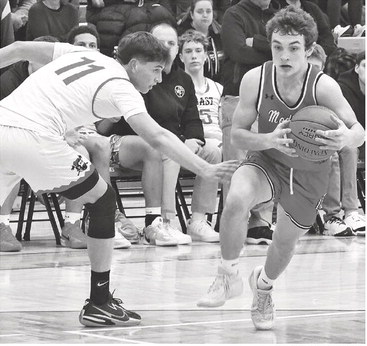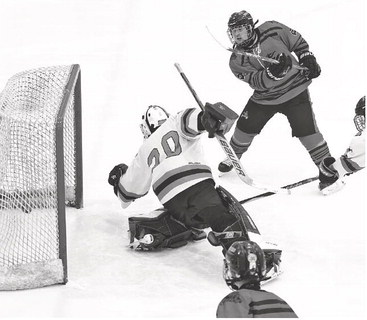High anxiety, depression reported in study on impact of school closures
A research study led by University of Wisconsin health researcher and WIAA Sports Medical Advisory Committee member Dr. Tim McGuine suggests school closures and sports cancellatio...


